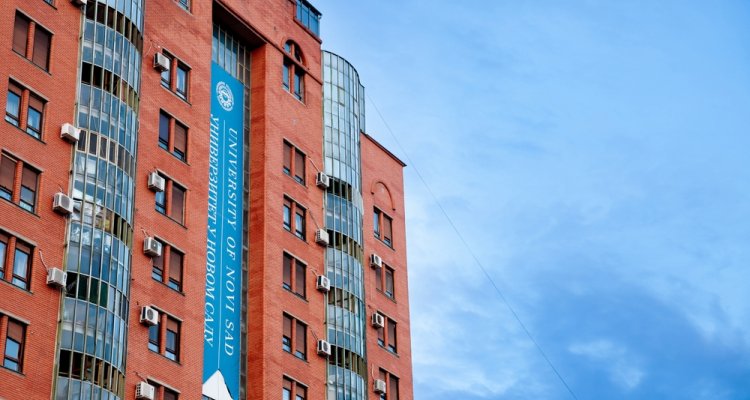
Project
ANTARES
The aim of ANTARES is to develop the BioSense Institute of the University of Novi Sad (Serbia) into a “Center of Excellence for Advanced Technologies in Sustainable Agriculture and Food Security”. BioSense is already at the top scientifically (e.g. with publications in Nature and Science) and now, under the guidance of Wageningen, wants to apply its knowledge in agriculture and nutrition and maximize its impact by developing close contact with practitioners.
The objective of WR is to develop strategic and applied knowledge in this seven-year project in connection with current and future projects. ANTARES uniquely offers the space to seek the scientific depth that cannot always be achieved in contract research.
BioSense's area of expertise includes technological knowledge that is complementary to WR's expertise and is essential to address social challenges in agriculture and food (ICT, physics, robotics). Collaboration will lead to a significant strengthening of Dutch research for the A&F roadmaps.
In addition, ANTARES strengthens the strategic position of WR within H2020: BioSense is an attractive partner in H2020 proposals because the institute is complementary to WR both in terms of content and geographically.
At the moment WR does not have many activities in the Balkans. ANTARES will be a springboard for WR and the business community (from the Netherlands and Serbia) to the rapidly growing Serbian economy and vice versa to the Netherlands.
Intended output and impact
ANTARES supplies new sensors (e.g. mobile sensor to measure the cell count in fresh milk and thus keep a bad batch of milk separated; in consultation with WR, BioSense is now working on a sensor for on-the-go determination of NO3 in the soil, which makes N fertilization of potatoes, for example, more precise; in consultation with WR, new sensors for phenotyping are also being developed, making breeding faster and cheaper). ANTARES also provides new big data analyzes (in 2016, WR and BioSense worked on big data prediction of crop yields - this gives growers the opportunity to optimize variety choice and make production more efficient ("more with less"). These examples are applicable in practice in the short term (within three years).